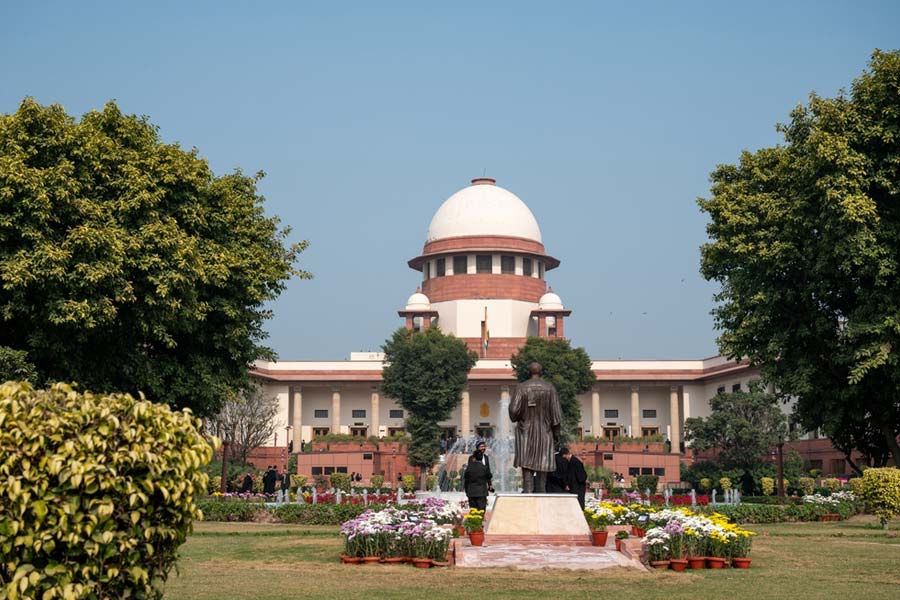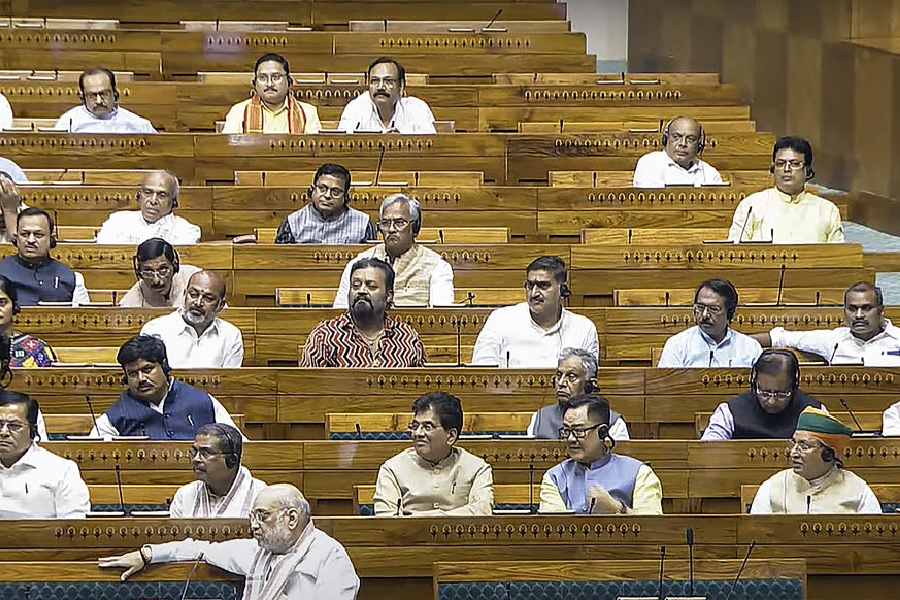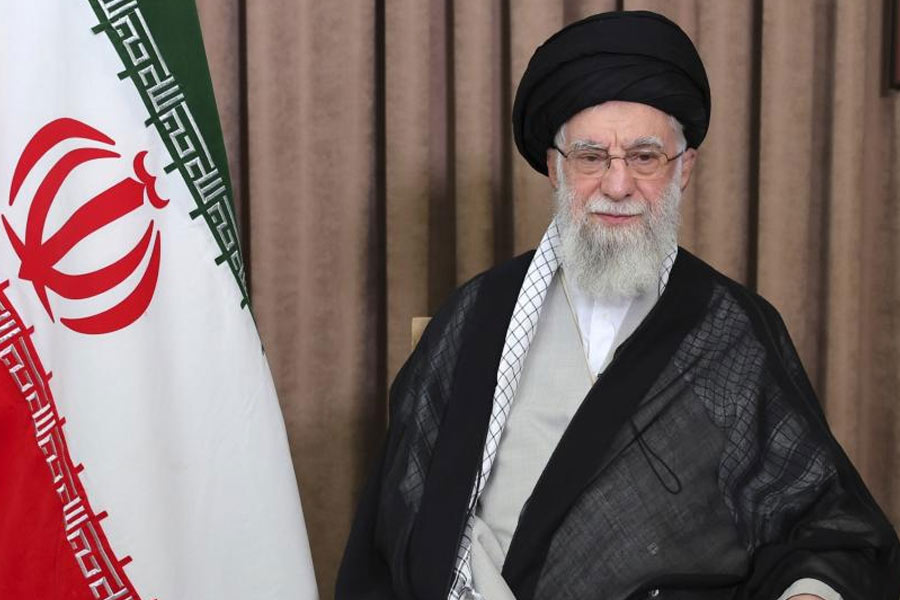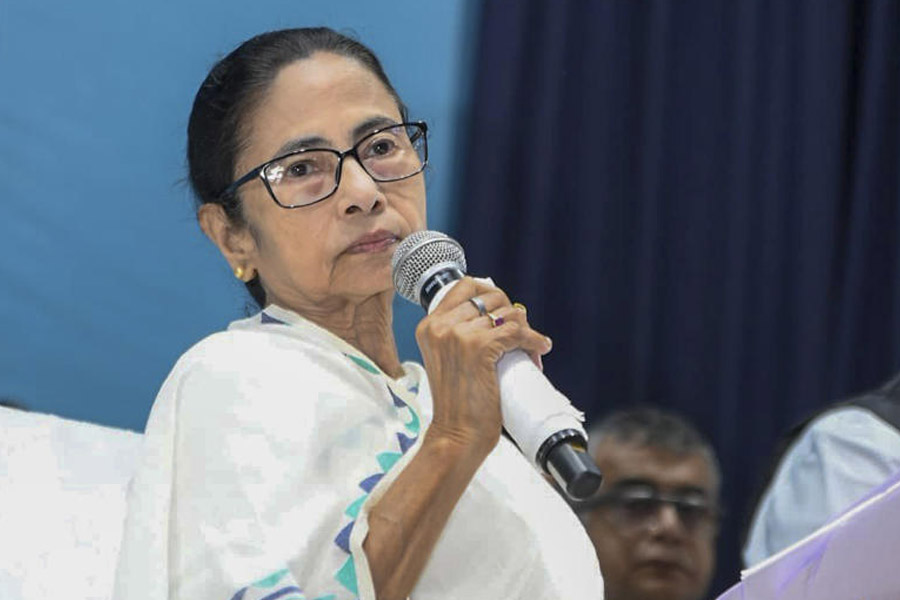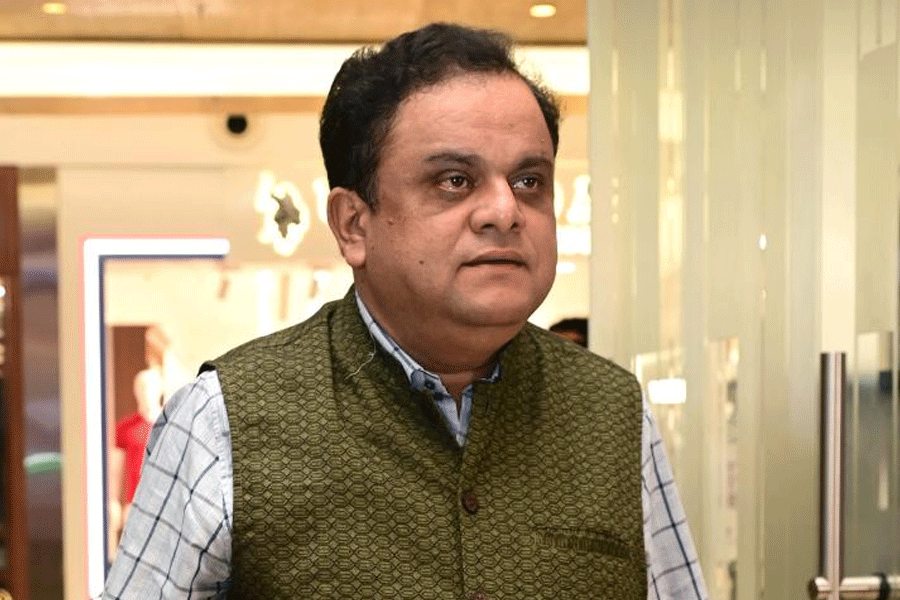|
|
| India?s destiny |
If the rise in the decibel level over some decimal points in Census 2001 is indicative of a trend, it is the extreme sensitivity of the political class to the relative demographic shares of Hindus and Muslims. It is like the superpowers counting each other?s missiles.
Census figures on religion were reportedly kept under wraps since late last year as the National Democratic Alliance, which decided to fight the election using the ?India shining? slogan, did not want to have the religion card in hand, or in the deck. Now with the restrictions lifted, the census commissioner has released the figures but goofed up the analysis. In calculating the growth rate of Muslims from 1991 to 2001, which was put at 36 per cent, he forgot to make room for the fact that there was no census in Jammu and Kashmir in 1991 due to insurgency. The registrar general of India, who is also the census commissioner, promptly issued a correction, putting the revised figure at 29.3 per cent between 1991 and 2001. So, he argued, the community?s growth had actually decelerated from 32.67 per cent in the 1991 census.
The correction was preceded by storms in both Islamic and Hindutva camps. The imam of Delhi?s Fatehpuri Jama Masjid, Mufti Mukarram Ahmed, said he could ?smell a conspiracy? in the figures. The Bharatiya Janata Party president, M. Venkaiah Naidu, regretted the ?disbalance? in the relative growth rates of the two communities, and the Rashtriya Swayamsevak Sangh claimed that their ?own study had shown a much higher growth (of Muslims)?.
As alarm bells sounded in North Block in view of the possible fallout of the news on the impending election in Maharashtra, the correction was prompt. However, the ?adjustment? made by the Census Commission takes into account the suspension of counting not merely in Jammu and Kashmir. The new figures have been arrived at after eliminating Assam too, as there was no census here in 1981 due to the anti-foreigner agitation. In effect, it eliminates from calculation 1.5 crore Muslims living in the two states, and representing a little over 10 per cent of the total Muslim population. It does not, therefore, capture the immigration phenomenon in Assam that gave rise to the All Assam Students? Union movement in the Eighties. Based on this truncated universe, the Muslim growth surely shows signs of tapering off, from 32.76 per cent in 1981-91 to 29.3 per cent in the next decade.
However, that does not mean that the old saffron complaint about Muslims occupying a fast rising share of the population pie seems tenable. Muslims were 12.91 per cent of the population in 2001, with Jammu and Kashmir excluded. It was 12.12 per cent in 1991. Since 1951, census data for every decade have shown a one per cent rise in the Muslim population share. But now it seems to be narrowing down.
L.K. Advani often quotes Auguste Comte to say that ?demography is destiny?. But destiny does not seem to be headed for the pre-Partition days, when Muslims numbered 33.81 per cent of the population in British territory according to the 1941 census. Though the demographic ?doomsday? for the Hindu-majority India may still be too far way, if at all, it will be a national folly to disregard the large difference between the growth rates of the two communities. If it has narrowed down in 2001, that may be a blip as the following data will show: between 1961-71, the Hindu and Muslim growth rates were 23.71 and 30.85 respectively, between 1971-81, 24.71 and 30.82, for 1981-91 the figures were 22.80 and 32.76, for 1991-01, they were 20 and 29.30.
It is evident that the difference has been uneven, shrinking in the Seventies, spurting in the Eighties, and shrinking again in the Nineties. Muslims have always grown faster than Hindus, the difference having moved between a 25 per cent to 50 per cent band. That this does not reflect so sharply in the population share is due to the vast size of the total population and the numerical domination of Hindus. Which is why academics play it down. Demographer Ashis Bose commented that at the above rate, it?ll take 370 years for India to ?become Pakistan?. Bose?s sarcasm apart, it is necessary to know what drives a community to grow faster than others.
The following reasons, or a combination of them may be responsible for the faster growth rate of any one community. It can breed fast. There may be many immigrants belonging to the community. It may be because many people who?d shown themselves earlier as belonging to one community now claim to belong to a new one. The last phenomenon is probably the case with Jains whose growth rate was 4 per cent in 1991, but shot up to 26 per cent in 2001. It could be that many among them had returned Hinduism as their religion till 1991.
With Muslims, the choice should obviously be limited to the first two reasons as large-scale conversion to Islam hasn?t been reported from anywhere. Narendra Modi believes that Muslims have a high reproduction rate. The popular notion is that this is because the faith sanctions polygamy. But this logic has been punctured by the Census Commission?s survey of the nuptiality rates, which measures the incidence of polygamous marriages. It is 5.8 per cent among Hindus. Among Muslims, it is, in fact, slightly lower ? 5.73 per cent. The report notes, ?the incidence of polygamous marriage is highest among the persons returning their religion as tribal religion (15.25 per cent), next come the Buddhists (7.97 per cent), followed by Jains (6.72 per cent)?.
Could it be that the Muslims? high growth rate is fuelled by low infant mortality or female literacy? It?s hard to guess in the absence of sufficient cross-tabulation of the determinants. However, female literacy data show a substantial gap. But with 53.2 per cent for Hindus and 50.1 per cent for Muslims, it is not large enough to fully explain the difference in growth rate. The gap is smaller in Bihar (31.5 per cent for Muslims and 33.4 per cent for Hindus) but the state?s Muslim population has been growing spectacularly.
That leaves us with infiltration, particularly from Bangladesh. The home minister ruled this out imperiously, though the left would disagree. With a heavily imperilled land-man ratio, abject rural poverty and a non-existent public distribution system, Bangladesh has been like a high-pressure balloon squirting its people wherever there are openings along the border with India. It has tilted the demographic balance not only in Assam and West Bengal, but also in Bihar and even big cities like Delhi and Mumbai.






